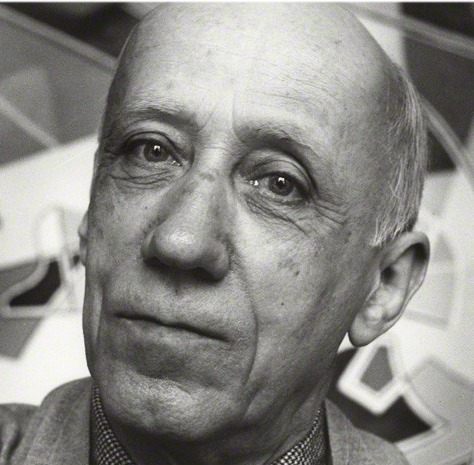
Gino Severini
Gino Severini was an Italian painter associated with the Futurist movement. He was born in Cortona, Italy, and studied at the Accademia di Belle Arti in Rome before moving to Paris in 1906.
In Paris, Severini became involved in the avant-garde art scene and was influenced by the work of the Cubist painters, particularly Georges Braque and Pablo Picasso. He developed a distinctive style that combined elements of Cubism with the Futurist interest in movement and dynamism.
Severini was a key figure in the development of the Futurist movement, and his work helped to define its aesthetic. He was interested in exploring the themes of speed, motion, and technology, and his paintings often depicted modern subjects such as trains, cars, and airplanes.
During World War I, Severini served in the Italian army and was wounded in combat. After the war, he continued to work as an artist and became increasingly interested in exploring the themes of spirituality and mysticism in his work.
Over the course of his career, Severini created a wide range of works, including paintings, murals, mosaics, and stage designs. His work has been exhibited in museums and galleries around the world, and he is widely regarded as one of the most important and influential artists of the 20th century.
Severini died in Paris in 1966, leaving behind a legacy as a pioneering artist who helped to shape the course of modern art in Europe.
Years:
Born in 1883
Country:
Italy, Cortona
Gallery: